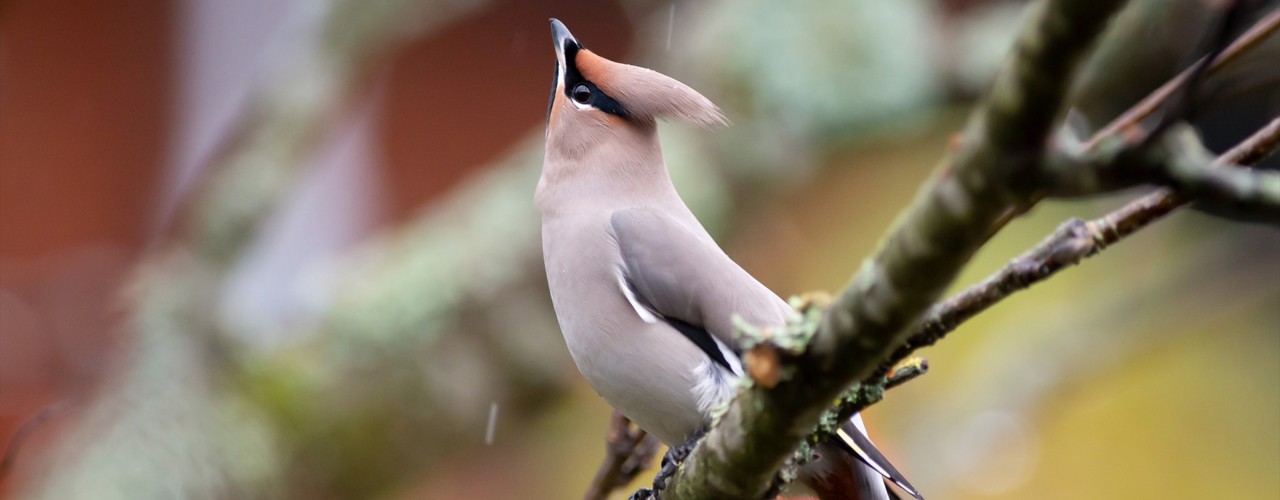

Leopold Live! Chapter 2 Recap: Rainwater Harvesting for Wildlife
From the Texas Hill Country, we’re back with our latest episode of Leopold Live!: Chapter 2 at the Selah, Bamberger Ranch Preserve. During this installment, we chatted with Bamberger’s biologist, Christina Farrell, about how you can harvest rainwater for your home and for the wildlife on your property. We had a great time talking about this simple tool you can use to qualify for the wildlife tax valuation program here in Texas.
Christina started by recommending our previous supplemental water for wildlife episode as it serves as a great primer on this topic. Harvesting rainwater is just one method you can use to collect and provide supplemental water for wildlife. On the ranch, their system is used for both providing water for their education building and resident wildlife species. For this reason, their storage tank is quite large (approximately 20,000 gallons), but don’t let that intimidate you from employing this practice. Christina recommends using a 55-gallon barrel for those who are just starting out or only need a small amount of water. When choosing a barrel for your collection system you want to ensure it is made from a food grade, safe material. Avoid using barrels that were used for petroleum or chemical storage.
No matter how large or small your rainwater harvesting system ends up being, it will have the same basic components. These include a catchment surface, gutters or downspouts, a screen to catch litter, a storage tank, and a delivery system (either gravity fed or a pump). If you don’t have gutters or downspouts on your roof, no problem! Place the barrel at the valley of your roof and install a rain chain to channel the water into your barrel instead. If you plan on using your harvested rainwater for drinking, you will also need to include a treatment or purification stage in your system. Christina mentions they use a 3-step process on the ranch: a sediment filter, charcoal filter, and a UV treatment for microbes.
Before constructing your system, Christina had a few tips for optimal placement. Place your storage tank in some shade, if possible, as this will help keep the water cooler and reduce evaporation. Make sure you have a cover on it as well to help keep out insects, leaf litter, and other debris. Place your tank on a nice level pad site. If you’re going for a larger-sized tank, put it on a concrete base as this will help avoid sinkage. If you’re going for a smaller barrel, a few concrete pavers will do the trick. Lastly, it’s a good idea to keep your supply point close to your demand point. This will reduce the distance your water needs to travel and the size of the pump needed to transport it.
Once you have an idea of where you want to place your system, you will need to think about the diversity of species present on your property and which species you would like to target. This will help you to decide how much water you want to potentially supply and how far apart to space the water sources. For example, if you would like to target songbirds, it is recommended that you have a water source every 80 acres.
Lastly, Christina mentioned that it is important to think about the climate where you live, what it’s like right now, and how it might shift in the future. For example, in west Texas you tend to have fewer, but heavier rain events. This means it would be better to have a larger storage tank so you can harvest more water and have it last longer between each rain event.
We rounded the episode out with a short Q&A session with Christina.
How can I keep mosquitos out of my rain barrel or other small water sources?
Christina mentions that if your system is set up properly you shouldn’t have any standing water for mosquitos to potentially breed in. If you do notice mosquito larvae in your system that is a good time to flush it out to get them out on the landscape for other wildlife to eat. If the water is for potable use, there are some treatments available.
What if there is a drought and I cannot harvest a lot of water? Can I still qualify for the wildlife tax valuation?
Yes! If you have a system installed and provide the supplemental water to wildlife after it rains you can still qualify for the wildlife tax valuation.
Our crew can’t wait to share the next episode of Leopold Live! with you! Be sure to keep an eye on Facebook for all upcoming episodes.
Learn More
Private Land Stewardship Academies
Training land stewardship professionals working with private landowners and educating a community of practice on the importance of science-based conservation. Click Learn More for free access to resources.








